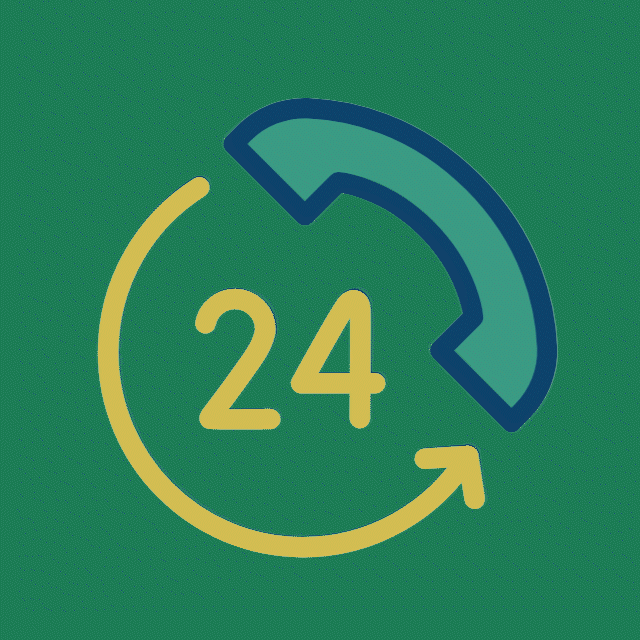Miyawaki Afforestation Method and its Role in Urban Greening
Published On:

Introduction
The Miyawaki afforestation technique is an innovative method for rapidly creating dense, self-sustaining forests, particularly in urban areas. It is designed to restore degraded ecosystems and enhance biodiversity by mimicking natural forest structures. The method has been widely adopted for environmental conservation, pollution control, and improving green cover in cities.
Principles and Process
The technique involves planting multiple native tree species in a dense arrangement, typically 2-4 different types within every square meter. This method ensures rapid growth and ecological balance, closely resembling natural forests. By selecting indigenous plants suited to the local environment, it supports biodiversity and strengthens the resilience of the ecosystem.
Benefits of the Miyawaki Method
- Rapid Growth and High Density – The method accelerates tree growth, making forests develop up to ten times faster than conventional afforestation techniques. This results in lush green spaces in a short time.
- Enhancement of Native Biodiversity – Using local species ensures ecological stability, supports wildlife, and fosters a self-sustaining forest ecosystem.
- Environmental Protection – These forests act as carbon sinks, absorbing large amounts of CO₂ and dust while improving air quality. They also mitigate the heat island effect in urban areas and serve as natural barriers against noise and dust pollution.
- Minimal Maintenance – Once established, Miyawaki forests require maintenance for only three years before becoming self-sustaining, reducing long-term costs and efforts.
- Land Restoration and Climate Resilience – This method effectively converts barren and degraded land into green spaces, enhancing soil fertility and water conservation while improving overall climate resilience.
Challenges and Limitations
- High Initial Investment – The method requires significant financial resources for soil preparation, plant selection, and early-stage care.
- Manpower and Expertise – Skilled personnel are needed for proper implementation, which can be a constraint in areas lacking trained professionals.
- Not a Replacement for Large-Scale Afforestation – While effective in urban settings, it cannot replace extensive natural forests that support large-scale carbon sequestration and ecological balance.
- Integration with Urban Planning – It needs to be complemented with broader green city planning and sustainable development strategies to maximize its impact.
Relevance for Urban and Environmental Policy
The Miyawaki technique is a significant tool for increasing green cover in urban landscapes, contributing to climate adaptation and environmental sustainability. It aligns with global efforts for reforestation, biodiversity conservation, and pollution control. However, its implementation must be balanced with other afforestation strategies to ensure long-term ecological benefits.
